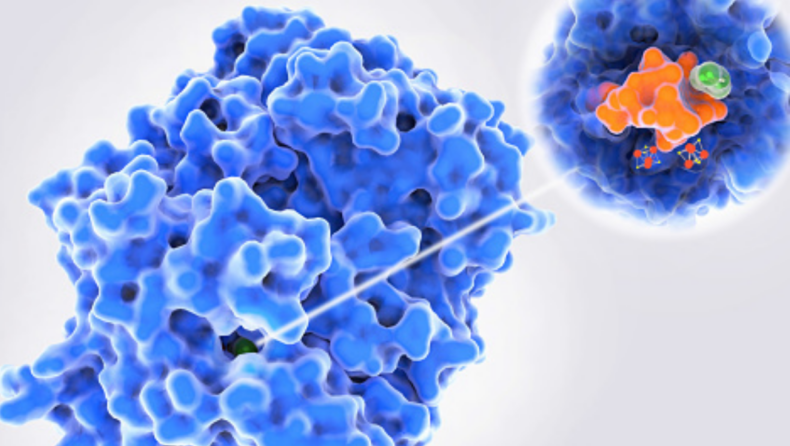With all the plastic pollution as sayings like “say no to plastic “going on, A new type of polysaccharide, which is comparable to the biopolymer chitin, which can replace some plastic has been discovered by researchers publishing in the journal ACS Central Science. The enzyme used to make this polysaccharide was previously unknown.
So, what is a polysaccharide?
Polysaccharide is made up of two-word, poly-meaning many and saccharide-meaning sugar. Therefore, we can say that these are polymeric hydrocarbons made up of several sugar molecules bonded together. (e.g.: starch, cellulose, or glycogen).
These are found to be the most abundant biopolymers on planet earth. Evidently, these can replace some plastics for good. Although polysaccharides and plastic are both organic polymers but polysaccharides are a superior version of plastic as polysaccharides are naturally occurring in the body whereas plastic is synthesized in a laboratory.
How did they discover it?
It all started when biochemist Stephen withers along with his colleagues felt intrigued while thinking if it is possible to make a new type of polysaccharide using a preexisting enzyme.
The investigators began by using genomic data which is the DNA data of various organisms along with activity-based screening. A glycoside phosphorylase enzyme was discovered in a bacteria called Acholeplasma laidlawii, which is a typical contamination of laboratory cell cultures, according to the researchers.
Further, the team of researchers, extracted and purified the enzyme that can possibly produce a new type of polysaccharide, the team went on to name it Acholetin. The novel biopolymer has a composition that is comparable to that of chitin and a biofilm-forming polysaccharide, but its sugar molecules are bonded together in a way that is different from that of these previously discovered biopolymers.
How are they useful?
It is possible to use polysaccharides as carriers for a wide range of treatments because of their biocompatibility and biodegradability. A chain of sugar molecules can perform in a variety of ways depending on their identities and the connections they form.
Glycoside phosphorylases are enzymes that can either break down or create new polysaccharides, depending on the reaction conditions. For example, chitin, the primary component of arthropod exoskeletons and fungal cell walls, is produced by one of these enzymes.
A team led by Stephen Withers and others wondered if there were previously undiscovered, naturally occurring enzymes that could produce novel polysaccharides. The new molecule could also be useful for drug delivery, tissue engineering, and other biomedical applications.
Published By : Ankit Singh
Edited By : Khushi Thakur













